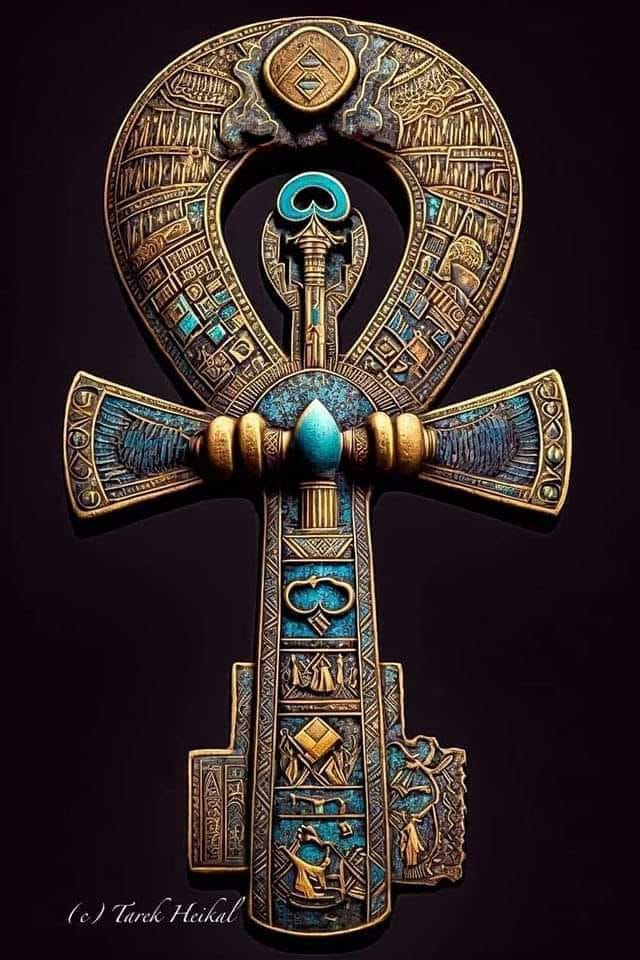The Ankh is one of the most recognizable symbols from ancient Egypt, known as “the key of life” or “cross of life” and dated to the Early Dynastic Period (c. 3150 – 2613 BCE). It is a cross with a loop at the top sometimes ornamented with symbols or decorative flourishes but usually just a plain gold cross.
It is an Egyptian hieroglyphic symbol for “life” or “breath of life” (`nh = ankh) and, as the Egyptians believed that one’s earthly journey was only part of an eternal life, the ankh symbolizes both mortal existence and the afterlife. It is one of the oldest symbols of ancient Egypt, often seen with the djed and was symbols, carried by a multitude of the Egyptian gods in tomb paintings and inscriptions and worn by Egyptians as an amulet.
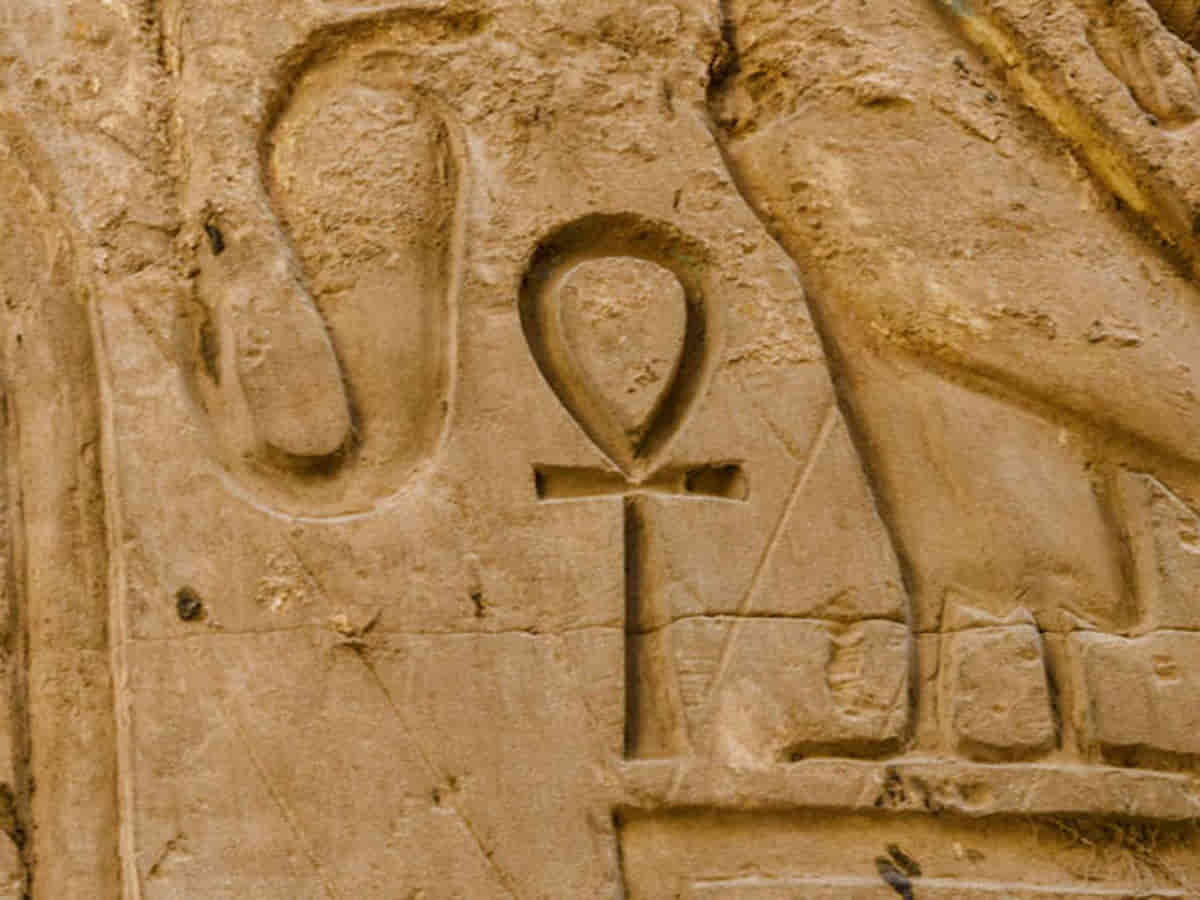
The ankh’s association with the afterlife made it an especially potent symbol for the Coptic Christians of Egypt in the 4th century CE who took it as their own. This use of the ankh as a symbol of Christ’s promise of everlasting life through belief in his sacrifice and resurrection is most probably the origin of the Christian use of the cross as a symbol of faith today. The early Christians of Rome and elsewhere used the fertility symbol of the fish as a sign of their faith. They would not have considered using the image of the cross, a well-known form of execution, any more than someone today would choose to wear an amulet of an electric chair. The ankh cross, already established as a symbol of life, lent itself easily to assimilation into the early Christian faith and continued as that religion’s symbol.
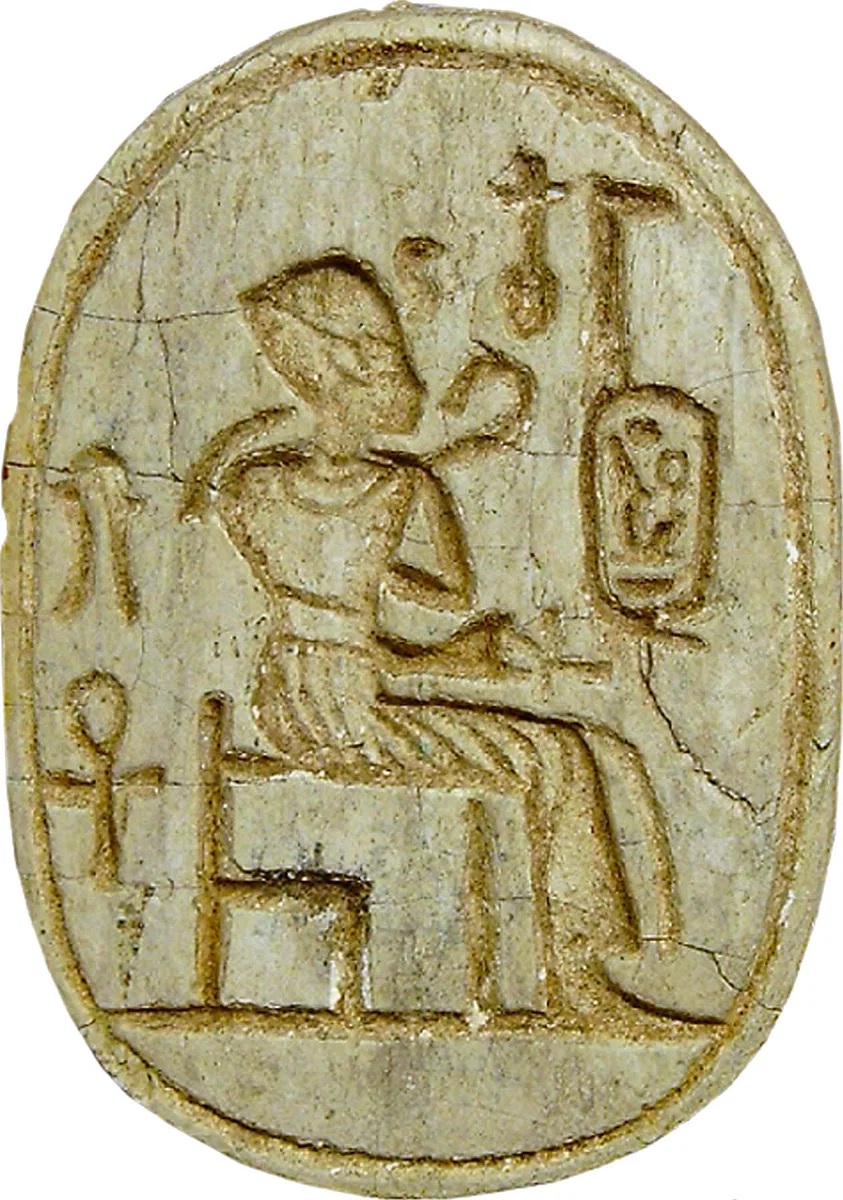
Origin & Meaning
The origin of the ankh is unknown. The Egyptologist Sir Alan H. Gardiner (1879 – 1963) thought it developed from a sandal strap with the top loop going around one’s ankle and the vertical post attached to a sole at the toes. Gardiner came to his conclusion because the Egyptian word for “sandal” was “nkh” which came from the same root as “ankh” and, further, because the sandal was a part of one’s daily life in ancient Egypt and the ankh sign came to symbolize life. This theory has never gained wide acceptance, however.
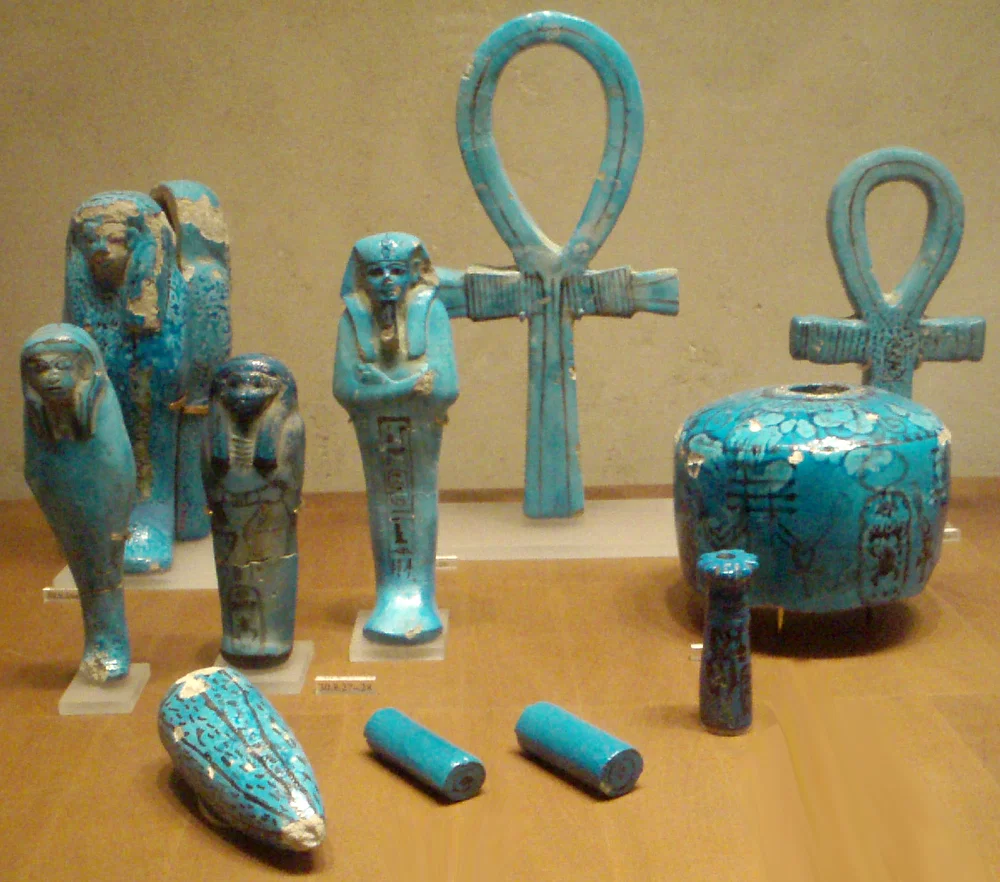
The theory of Egyptologist E.A. Wallis Budge (1857-1934), who claims it originated from the belt buckle of the goddess Isis, is considered more probable but still not universally accepted. Wallis Budge equated the ankh with the Egyptian symbol tjet, the “knot of Isis”, a ceremonial girdle thought to represent female genitalia and symbolizing fertility. This theory, of the ankh’s origin stemming from a fertility symbol, is in keeping with its meaning throughout ancient Egyptian history and beyond to the present day.
Egyptologist Wolfhart Westendorf (b. 1924) supports Wallis Budge’s claim noting the similarity of the ankh to the tjet and the use of both symbols from an early date in Egypt’s history. The ankh has always been associated with life, the promise of eternal life, the sun, fertility, and light. It is for this reason that ankh figures so prominently in tomb paintings and inscriptions.
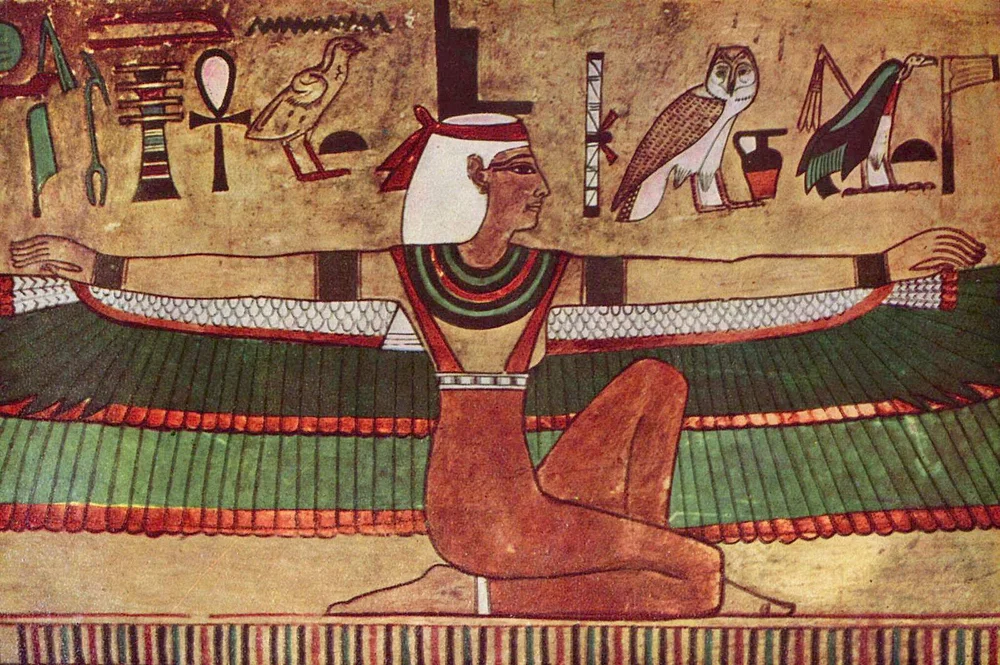
Deities such as Anubis or Isis are often seen placing the ankh against the lips of the soul in the afterlife to revitalize it and open that soul to a life after death. The goddess Ma’at is frequently depicted holding an ankh in each hand and the god Osiris grasps the ankh in a number of tomb paintings. The association of the ankh with the afterlife and the gods made it a prominent symbol on caskets, for amulets placed in the tomb, and on sarcophagi.
The Ankh & the Goddess Isis
The ankh came into popular usage in Egypt during the Early Dynastic Period with the rise of the cults of Isis and Osiris. The association of the ankh with the tjet mentioned earlier is supported by early images of Isis with the tjet girdle prior to the appearance of the ankh. The cult of Osiris became the most popular in Egypt until the cult of Isis – which told the same story and promised the same rewards – dominated it. Osiris continued to be greatly admired but, in time, became a secondary character in the story of his resurrection and rebirth.

At the beginning of the Early Dynastic Period, however, it was the cult of Osiris that was dominant as he was the god who had died and returned to life, thus bringing life to others. Isis, at this time, was a mother goddess associated with fertility but was soon joined to Osiris as his devoted wife who rescued him after his murder by Set and returned him to life. Many of the gods of Egypt are depicted holding the ankh but Isis more often than most.
In time, Isis became the most popular goddess in Egypt and all the other gods were seen as mere aspects of this most powerful and all-encompassing deity. The cult of Isis promised eternal life through personal resurrection. In the same way that Isis had rescued her husband Osiris from death, so could she rescue those who placed their faith in her. The association of the ankh with such a powerful goddess imbued it with greater meaning in that now it was linked specifically with the great goddess who could save one’s soul and provide for one in the afterlife.
The History of the Ankh in Use
The importance of the ankh lay in the instant recognition of what the symbol stood for. Even those who could not read would have been able to understand the symbolism of objects such as the djed or the ankh. The Egyptian ankh was never solely associated with Isis – as mentioned, many gods are depicted carrying the symbol – but as the djed became linked to Osiris, the ankh fell more into the realm of Isis and her cult. By the time of the Old Kingdom (c. 2613 – 2181 BCE) the ankh was well-established as a powerful symbol of eternal life. The dead were referred to as ankhu (having life/living) and caskets and sarcophagi, ornamented regularly with the symbol, were known as neb-ankh (possessing life).
During the Middle Kingdom (2040-1782 BCE) the word nkh was used for mirrors and a number of hand-mirrors were created in the shape of the ankh, the most famous being that found in the tomb of Tutankhamun. The association of the ankh with the mirror was no chance occurrence. The Egyptians believed that the afterlife was a mirror image of life on earth and mirrors were thought to contain magical properties. During the Festival of the Lanterns for the goddess Neith (another deity seen with the ankh) all of ancient Egypt would burn oil lamps through the night to reflect the stars of the sky and create a mirror image of the heavens on earth. This was done to help part the veil between the living and the dead so one could speak to those friends and loved ones who had passed on to paradise in the Field of Reeds. Mirrors were often used for divination purposes from the Middle Kingdom onwards.



